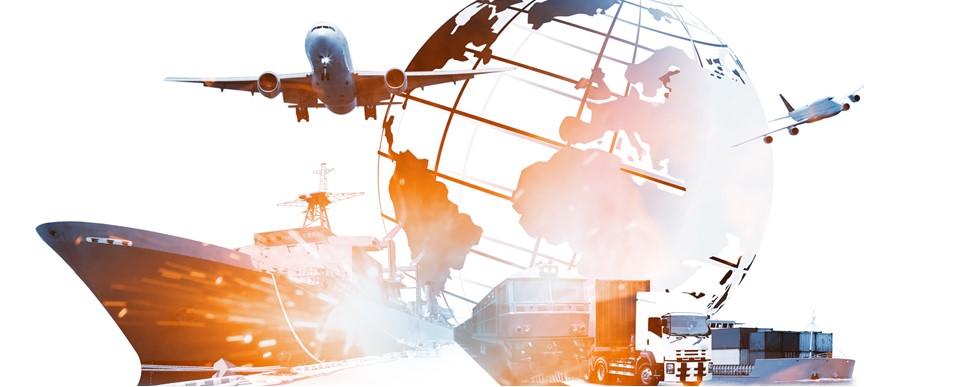INTERNATIONAL LOGISTICS AN EVENTFUL START TO THE YEAR

20% of the world's fleet is currently waiting off the world's largest ports. Port congestion continues to grow. While at the beginning of the year, various analyses predicted a decongestion for the end of the first half of the year, today we expect to wait until 2023 to hope for the beginning of a return to normal. The factors that we know well today, the health crisis, the confinements in China and the Russian-Ukrainian conflict, continue to exacerbate the tensions in the international supply chain.
ZERO COVID POLICY IN CHINA
Both airlines and shipping companies are suffering from China's "Zero Covid" policy. After having temporarily confined the large city of Shenzhen, it was Shanghai that remained under a bell for two months. The reopening of businesses in this city is done gradually since May 16, 2022. Beijing remains under increased surveillance with increasingly strict restrictions being applied.
Considered the world's factory, these confinements are having a significant impact on supply chains. Factories, either at a standstill or slowing down, can no longer keep up with production rates. Delays are reflected in the final delivery.
In addition, the terminals of China's largest ports, which are also slowing down, are seeing a drop in the volume of goods transited. In April, cargo volumes were down by 15%. And this, despite a large number of ships waiting to be loaded and unloaded off the ports.
GLOBAL PORT CONGESTION
Faced with the current congestion, a situation that is lasting and settling in over time, shipping lines are still trying to limit the lengthening of delivery times. The use of blanck-sailing and changing the routing of ships to neighboring ports is becoming commonplace. Nevertheless, the wait off the coast can be long. In April, it was estimated that the average waiting time for a vessel off Long Beach was 25 days before it could call.
It should be noted that many ports on different continents are congested: the East and West coasts of the United States are both congested, as is Northern Europe, and the majority of ports in Latin America now impose a waiting time for ships of more than 10 days.
In Northern Europe, the ports of Antwerp, Rotterdam, Hamburg and even Le Havre are suffering from congestion.
The French port has seen a sharp increase in export volumes at the beginning of the year, but also an increase in the number of transshipments of European containers (whereas Antwerp was previously the preferred port). The appointment of truck drivers for loading and unloading is still the order of the day.
RUSSIAN-UKRAINIAN CONFLICT
The Russian-Ukrainian conflict, which has led to a split between Russia and the West through numerous mutually applied sanctions, is accentuating a global disruption but also uncertainties.
Some shipping companies are now avoiding Russia. Except for humanitarian or medical products, container ships no longer enter Russia and ship owners have had to review their shipping routes in the same way that airlines have had to review their flight plans.
WHAT ARE THE PROSPECTS?
Many experts predict a return to a general upward trend once the sanitary restrictions in China are relaxed: increase in transited volumes, Western demand and freight rates.
The general increase in the cost of raw materials, and in particular fuel, as a direct consequence of the Russian-Ukrainian war, is explicitly reflected in shipping rates, whether by sea, air or road.
The evolution of this conflict and the chain of sanctions being unpredictable, the uncertainties on the world economic evolution are as well. As international logistics is directly correlated to the economic outlook of the major importing and exporting countries, it is difficult to predict a return to smooth operations in the medium term.
Our teams are doing their best to meet your expectations by offering you the best solutions given the current context. Do not hesitate to contact our experts for all your international projects.
Tags: LE GROUPE BALGUERIE BALGUERIE

